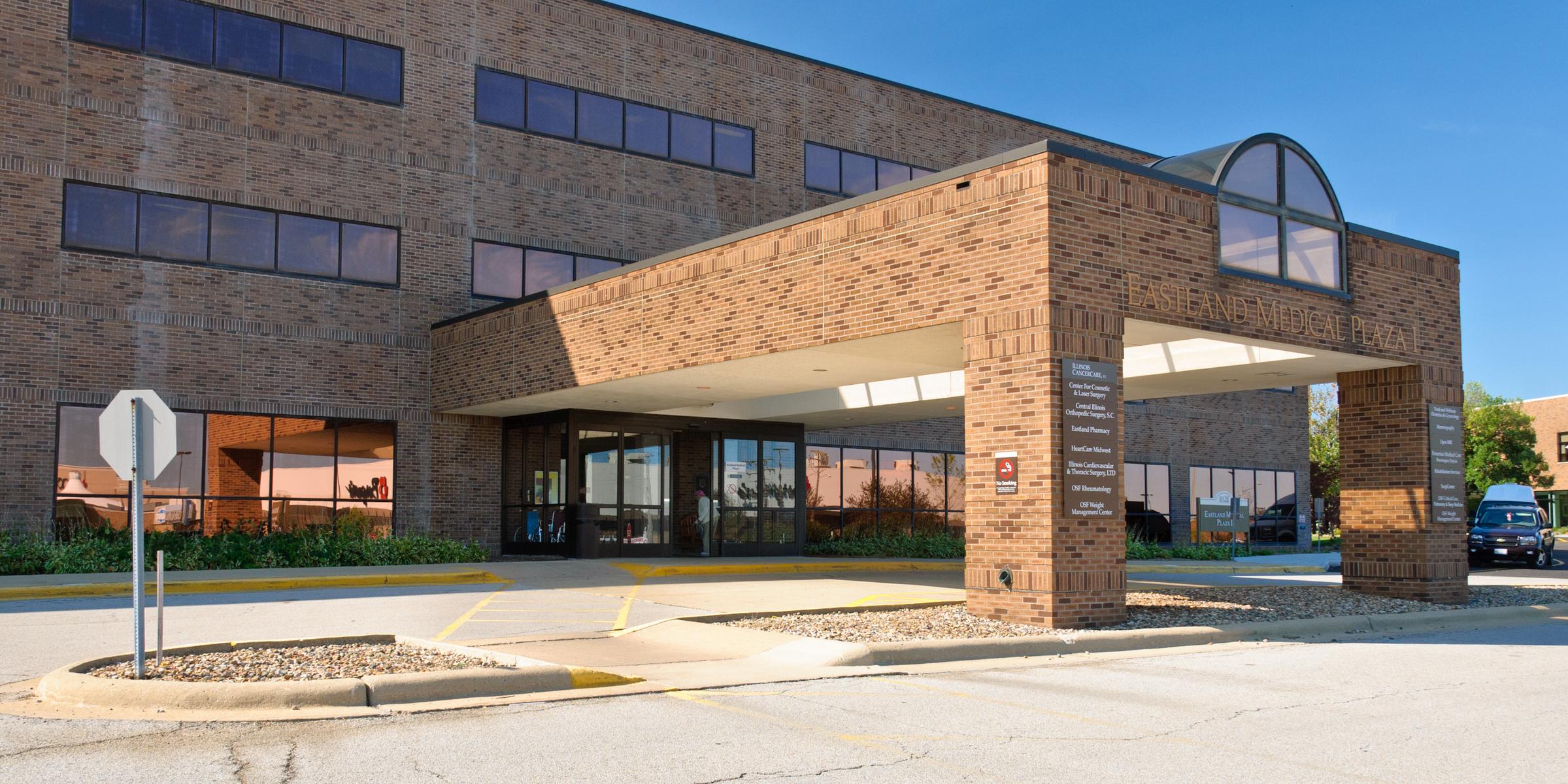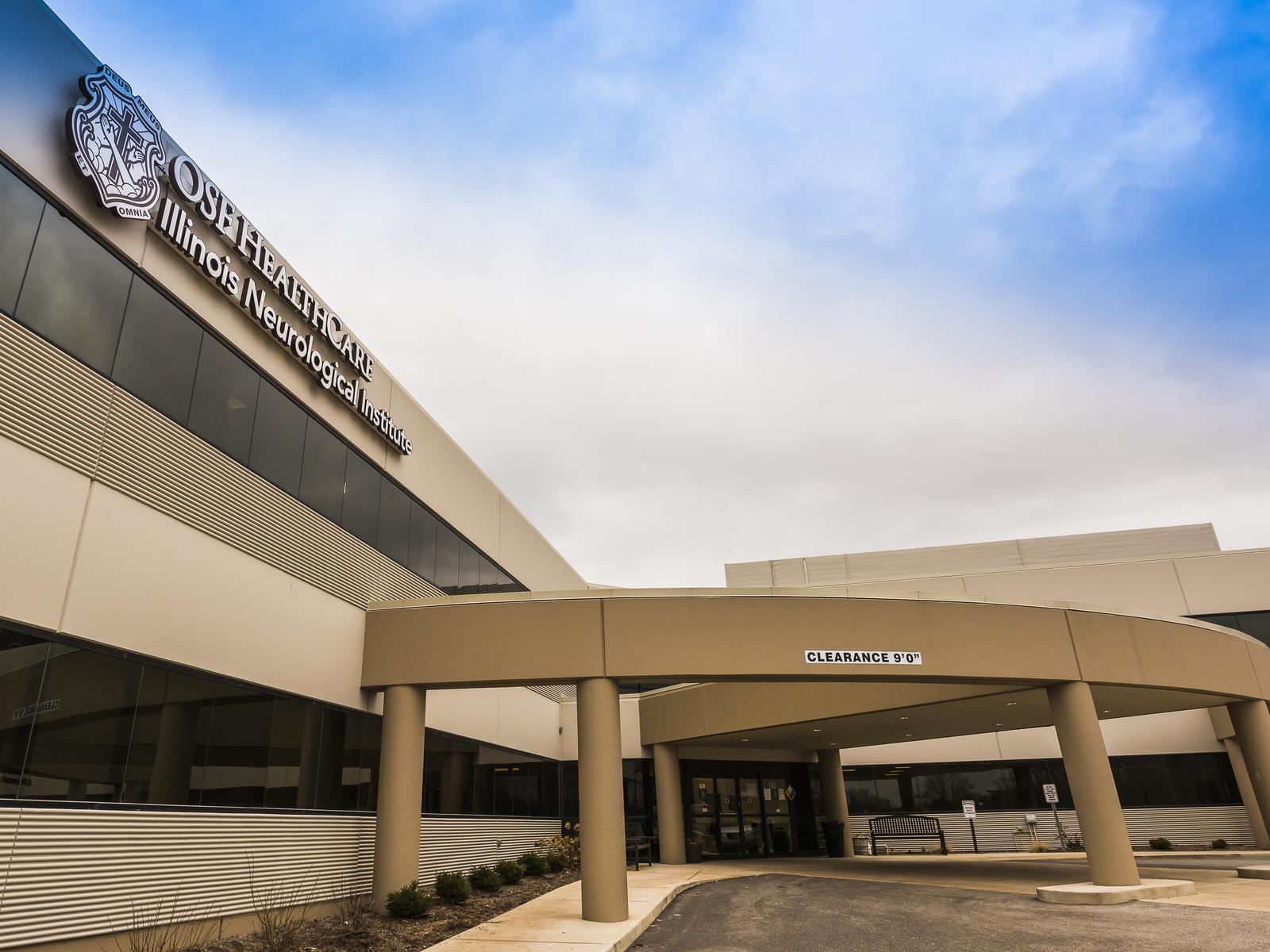Improved Minimally Invasive Spine Surgery
Joimax® minimally invasive (endoscopic) spine surgery is an innovative treatment for back and spine issues. Using modern technology, surgeons treat certain back and spine conditions with an incision no bigger than a few millimeters long. Bones, muscles and ligaments stay intact. The outcomes are as successful as current spinal treatments, the recovery time is shorter and patients often experience fewer side effects.
The providers at OSF HealthCare Illinois Neurological Institute in Peoria and Bloomington are the only fellowship-trained surgeons in the area who specialize in this minimally invasive surgery. Your path to healing starts here.
Benefits
Compared to standard minimally invasive surgery, joimax minimally invasive surgery has many benefits.
The benefits of joimax minimally invasive endoscopic spine surgery include:
- Less blood loss
- Reduced infection rates
- Shorter hospital stays
- Less postoperative pain
- Fewer and safer pain medications
- Faster return to normal life
Top Conditions Treated
- Facet syndrome
- Herniated disc
- SIJ syndrome
- Spinal stenosis
What to Expect
The joimax endoscopic spine system represents the latest in minimally invasive surgery technology. A scope less than the size of a pencil is inserted through an incision the size of a dime.
First Step – Referral
First, you need to make an appointment with a primary care provider. You can schedule online through OSF MyChart or call your provider’s office. If you don’t have a primary care provider, you can find one near you.
At your appointment, talk to your provider about spine pain relief options. If you and your provider decide on minimally invasive surgery, your provider will give you a referral to a surgeon.
After receiving a referral from your provider, you’ll get your surgery scheduled.
Second Step – Access
During surgery, you lie either on your side or stomach. Your surgeon will make a small incision in your back and create a channel directly to the area in question. The surrounding tissue is moved aside gently without cutting. A natural opening – the intervertebral foramen or the interlaminar fenestration – is used to access the vertebral canal.
Third Step – Surgery
Your surgeon guides a special endoscope through the keyhole to the surgical field, which provides a bright and sharp view of all structures in the spinal canal. The affected tissue is then carefully and gently removed or repaired using tiny forceps and other special instruments.
Fourth Step – Review and completion
On completion, the surgeon will check that the affected area moves freely and properly. Only then will the instruments be removed, and the small incision closed with one or two stitches and a dressing. You will usually be back on your feet after a few hours. Your doctor will decide when you are fit enough to go home and resume normal activities.
Our Team
Our provider team is fellowship-trained through ESPINEA® - Endoscopic Spine Academy on the use of joimax endoscopic spine systems.
ESPINEA was created in 2019 with the goal of offering tailored, high-quality training and education programs for spine surgeons.



